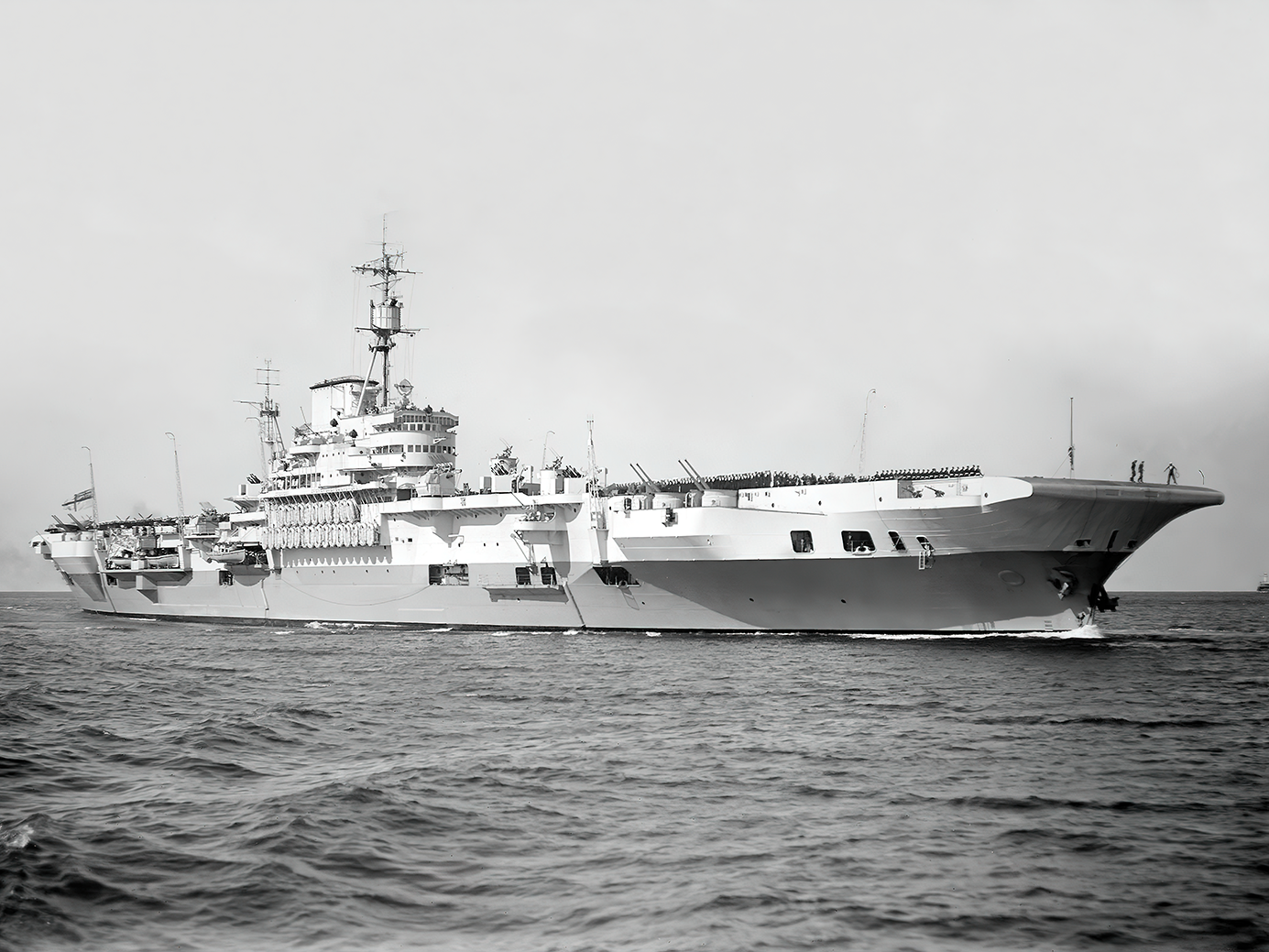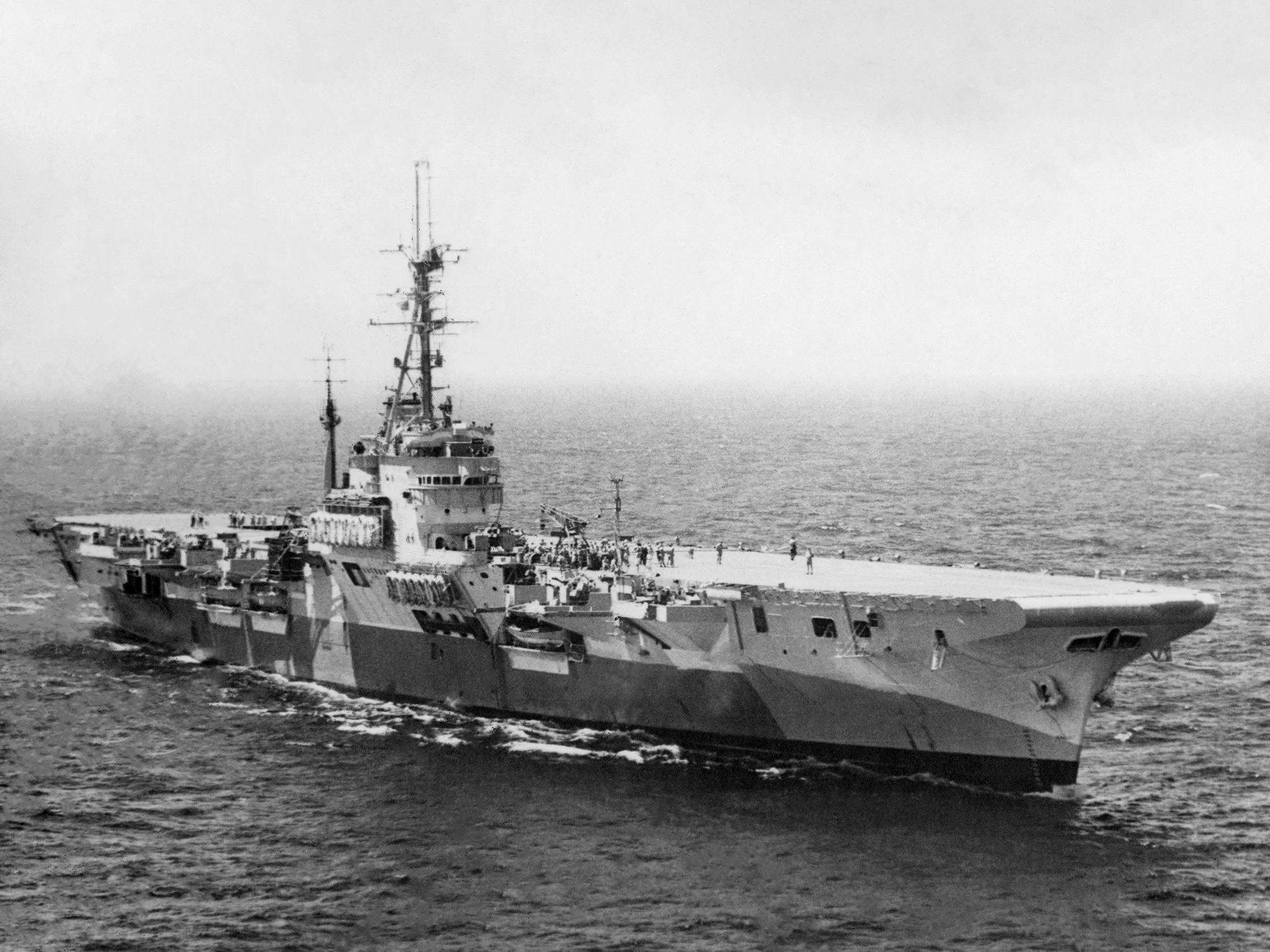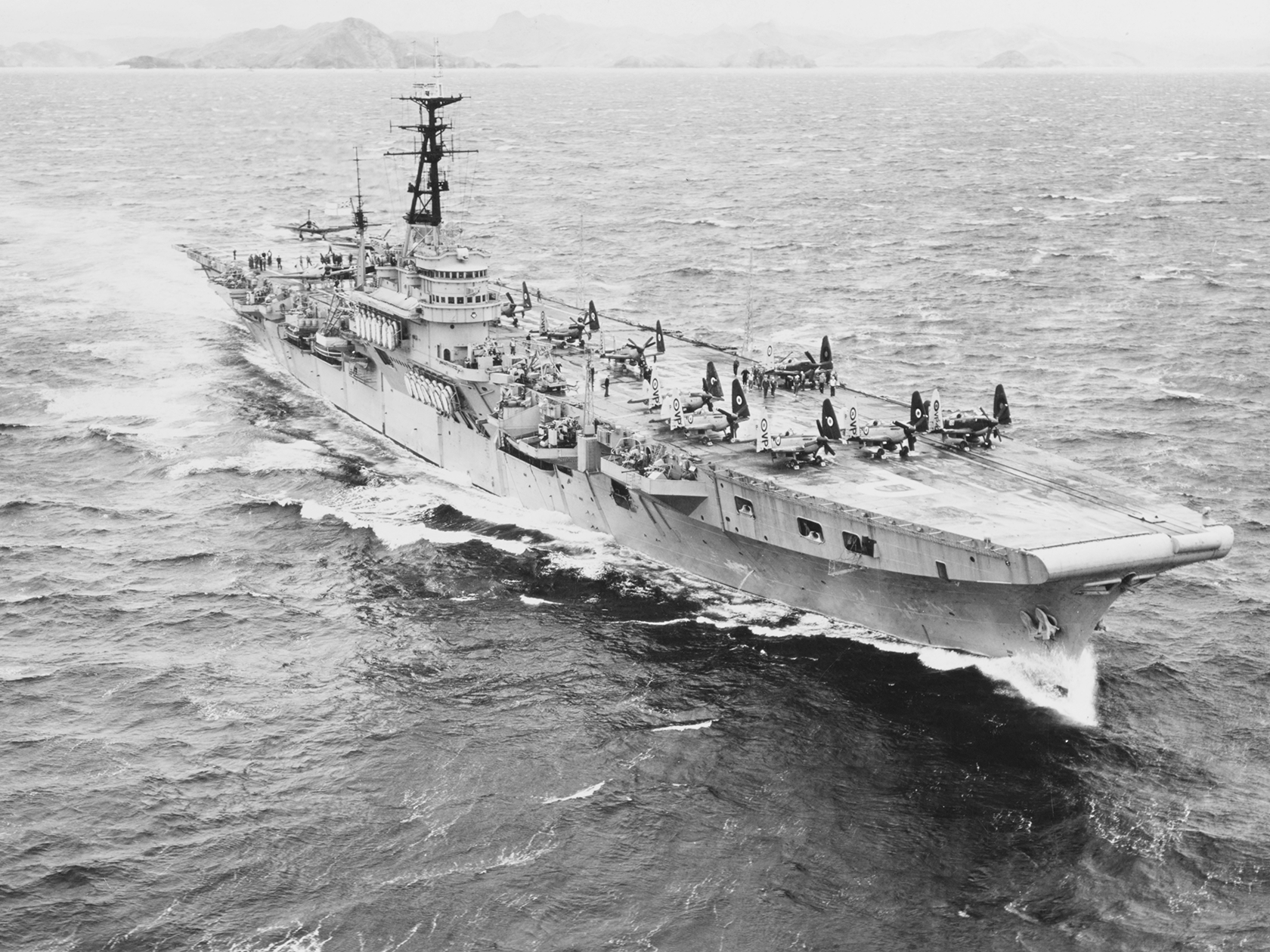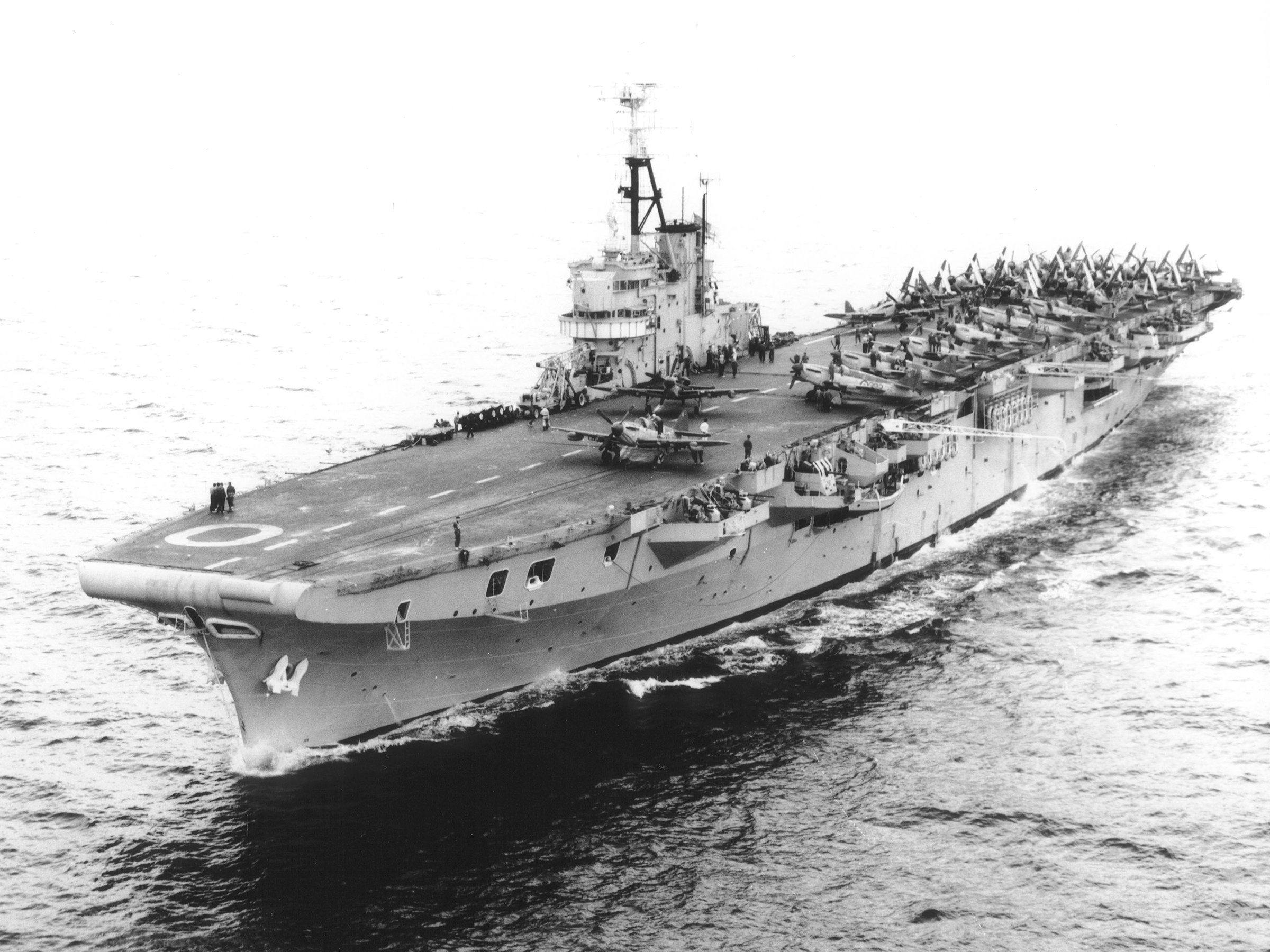Royal Navy Colossus Class Aircraft Carriers: A Complete Overview
Introduction
The Colossus class was introduced during the latter stages of the Second World War to rapidly bolster the Royal Navy’s carrier strength. Designed for quick construction and operational flexibility, these light fleet carriers set the foundation for post-war naval aviation. Though hastily built, they enjoyed extended service lives across multiple navies and missions. This guide delves into their design, the ships themselves, operational roles, and enduring legacy.
Origins and Design Development
With the pressing threats of the Axis powers mounting by the early 1940s, the Admiralty sought carriers that could be built swiftly yet remain effective. The resulting Colossus class featured a simple hull form based on merchant ship designs, enabling faster production. At roughly 700 feet in length and displacing around 18,000 tons at full load, these ships traded size for speed of construction without compromising versatility.
Key design priorities included a straight flight deck, sufficient to launch and recover piston-engined aircraft, and modest hangar spaces. Tanks for aviation fuel and munitions were abundant, enabling effective sortie generation. Although lacking advanced features like angled decks or catapults, their simplicity made them ideal for a wartime emergency programme. Post-war, many received upgrades to remain relevant.
Planned Ships of the Class
Eleven Colossus Class carriers were ordered, but only eight were completed for the Royal Navy. The completed vessels included:
HMS Colossus (R15)
HMS Vengeance (R71)
Several were modified post-war, transferred to other navies, or repurposed for helicopter or commando roles.
HMS Colossus (R15)
As the lead ship, HMS Colossus was launched in 1943 and commissioned the following year. She saw action during the final years of the war and later operated in Far East trade routes. After modernisation, she served as a training carrier before being sold to the French Navy in the early 1950s, where she continued under a new name.
HMS Glory (R62)
HMS Glory entered service in 1945. Her initial assignments included operations in the Pacific and support for Allied repatriation efforts. After the war, she helped project British influence in the Far East, and later underwent conversion to carry helicopters and troops.
HMS Venerable (R63)
Commissioned shortly after the war, HMS Venerable served primarily in the Mediterranean and Far East. She was later loaned to Australia and remained in service until the mid-1970s, illustrating the class’s adaptability to new roles.
HMS Vengeance (R71)
HMS Vengeance had a relatively short active career with the Royal Navy before being sold to Argentina, where she served under a different name. Her transfer exemplifies how Colossus class carriers extended their service through international partnerships.
HMS Theseus (R64), HMS Triumph (R16), HMS Ocean (R68), HMS Pioneer (R72)
These carriers all followed similar trajectories: built for speed, deployed in post-war theatres, and later modified or transferred. Triumph, in particular, became notable for her troop-carrying roles. Ocean and Pioneer took up helicopter and commando duties, reflecting operational flexibility even within a single class.
Technical Features
Despite their hurried origins, the Colossus class had enduring characteristics:
Displacement: Approximately 13,000 tons standard, rising to 18,000 tons fully laden.
Length: Around 700 feet.
Propulsion: Steam turbines enabling speeds of roughly 25 knots.
Flight Deck: Straight, without angled capability or catapults initially.
Aircraft Facilities: Single hangars with lifts; suited for piston-engine fighters and torpedo bombers.
Aircraft Capacity: Typically around 24 to 30 aircraft, depending on configuration.
Light in armament, these carriers relied on escorts for defence but offered plenty of deck space for air operations.
Operational Service and Legacy
The Colossus class carriers filled a critical gap in naval aviation during and after the Second World War. Their fast build times meant they could be deployed where needed, and their simplicity made conversions easier as wartime demands gave way to Cold War requirements.
Some served as troop transports or helicopter carriers, others were handed over to allies such as France, Australia, India and Argentina, well into the late twentieth century. Their widespread use across navies underlines their success as flexible, multipurpose platforms.
In the broader sweep of naval history, these carriers mark the turning point towards modular and adaptable ship design, paving the way for modern light carriers and amphibious support ships.
Conclusion
The Colossus class carriers proved that necessity and smart design could produce enduring and adaptable warships. While they were not gigantic or technologically advanced, their service lives—sometimes spanning decades and multiple navies—demonstrate how effective light fleet carriers could be. By serving as training platforms, combat carriers, amphibious support and more, they embodied flexibility that remains relevant in maritime strategy today.





